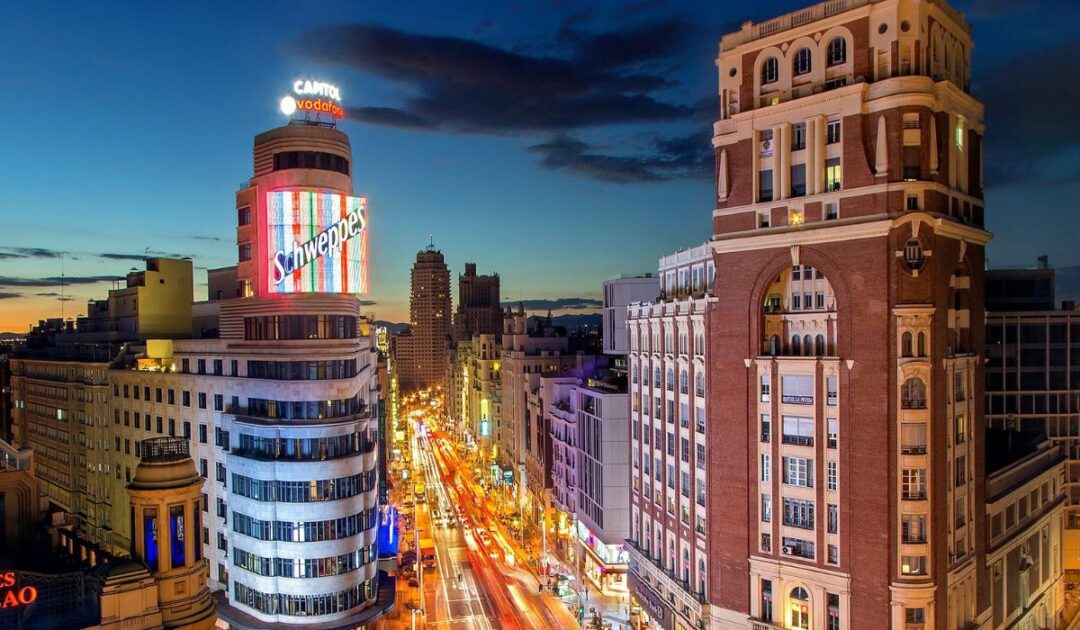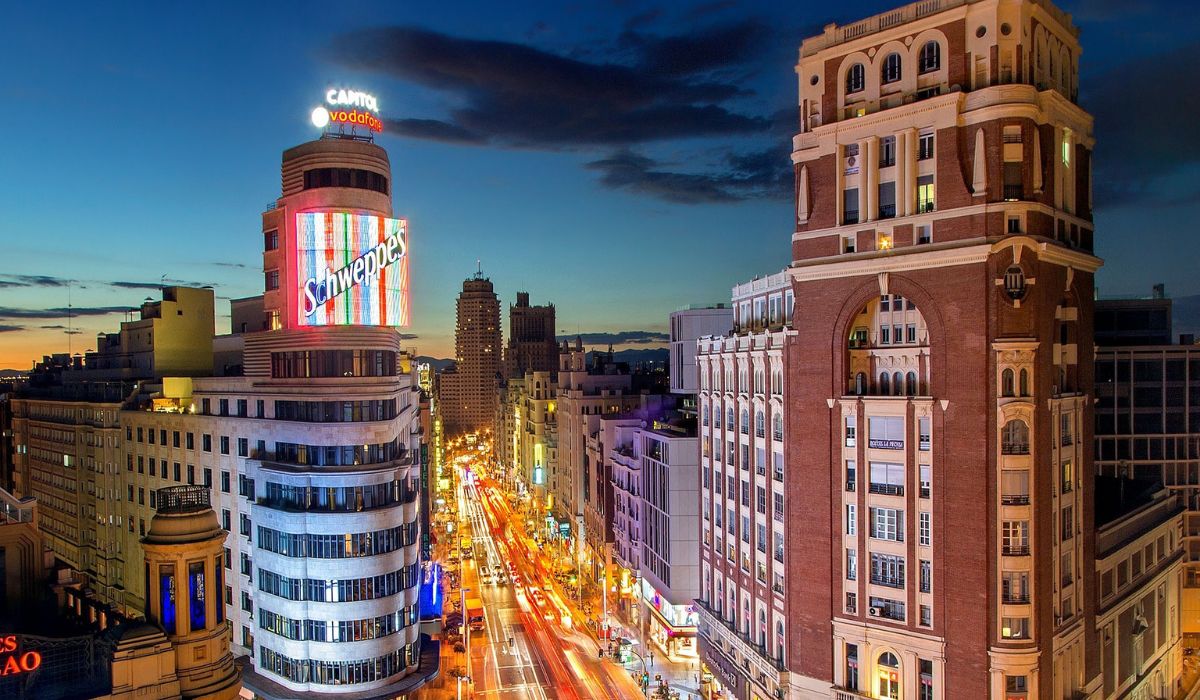Madrid, the capital of Spain, is not only known for its rich history and culture, but also for its exceptional cuisine. And who doesn’t like to eat well, right? If this is also your case, be sure to search for flights to Madrid and embark on a unique gastronomic tour. However, with so many options, we can get lost in how to define a gastronomic itinerary for the trip. If this is a problem for you, here are some tips on how to do it.

Where to start?
To start this culinary journey, there is no better place than Madrid’s traditional taverns, where you can taste authentic Spanish tapas. One of the most famous areas to enjoy these small portions of food is the La Latina region. Be sure to try classics like Spanish tortilla (a potato omelet), croquetas (creamy croquettes) and gambas al ajillo (shrimp sautéed in garlic). To drink, you can order a glass of wine or a cold beer. In some bars, some dishes are already accompanied by a good drink, so be sure to take the opportunity to try the different types of Spanish wines and beers.
For a historical tour of local flavors visit Restaurante Botín, recognized by the Guinness Book as the oldest restaurant in the world. Since 1725, Botín has occupied number 17 on the charming Calle de Cuchilleros. From the outside, it looks like a small space, but just enter to find a universe of 4 floors that takes us straight back to the 18th century, complete with a stone hall and the foundation’s original wood oven. The most traditional dishes of the house are suckling pigs and lambs, slowly roasted to perfection, but you can enjoy other local delicacies.
Exploring gastronomy
For a more sophisticated dining experience, Madrid also offers a variety of Michelin-starred restaurants. From innovative cuisine to reinterpreted traditional dishes, these restaurants offer a unique and memorable experience. DiverXO, with three Michelin stars, is a perfect example of this experimental cuisine, where the dishes are true works of gastronomic art, surprising the most demanding palates.
In addition to tapas and haute cuisine, Madrid is known for its vibrant markets, where visitors can sample a wide range of fresh produce and local specialties. The San Miguel Market, close to Plaza Mayor, is one of the most famous in the city. This historic market offers an incredible variety of products, from Iberian hams and artisanal cheeses to fresh seafood and traditional Spanish sweets like churros con chocolate. It’s the perfect place to experience the authentic flavors of Madrid in a lively, picturesque setting.
One place that has to be on the list is the Museo Del Jamón. There are several units of this bar-restaurant that have been operating since 1978. Don’t forget to order the signature dish: the jamón sandwich. In addition to the sandwich, you can order portions, salads or cold cuts that cost up to €20 (well served). There are also combined dishes and even a menu of the day that includes a first course, second course, drink and dessert for €11.
Traditional cuisine and desserts
For those looking for a more authentic experience, a visit to a traditional neighborhood like Lavapiés or Huertas is essential. In these areas, visitors can find small family bars and restaurants where locals gather to share a meal and chat. Here, you can try lesser-known regional dishes, such as cocido madrileño (a stew made with chickpeas, meat and vegetables) or callos a la madrileña (veal tripe stewed in tomato sauce).
Finally, you can’t miss out on trying the delicious desserts that Madrid has to offer. From hot and crunchy churros to famous conventual sweets, such as the delicious rosquilhos of San Isidro, the city offers a wide variety of options for sweet lovers. A visit to one of the city’s traditional patisseries, such as La Mallorquina in Puerta del Sol, is a must for any traveler with a sweet tooth.
Restaurant opening hours
Madrid is a busy city so you will find restaurants open from early in the morning until the early hours of the morning, especially in the tourist area. Madrileños usually have breakfast, or desayuno, between 7am and 9am. If you’re not staying at a hotel with breakfast, there’s nothing to worry about. The menus are thoughtful and guarantee energy for the day out.
Around noon, it is common for Madrileños to have a small snack, called almuerzo. Only between 1pm and 3pm does the main meal of the day actually take place, called food, which would be our popular lunch. At the end of the day, between 4pm and 7pm, Madrileños stop to have another meal, this time a quick snack, known as merienda. Dinner, called cena, takes place after 9pm, and dinners are not uncommon around 11pm. It’s a long gastronomic marathon, but it’s worth it.
Have your mouth watered yet? So pack your bags, follow these tips and make the most of what Spanish cuisine has to offer in Madrid.
See Also: Travel fashion: 12 ideas for beautiful and comfortable looks to spend hours on the plane

Sign up for our newsletter and stay up to date with exclusive news
that can transform your routine!
Warning: Undefined array key "title" in /home/storelat/public_html/wp-content/plugins/link-whisper-premium/templates/frontend/related-posts.php on line 12
Warning: Undefined array key "title_tag" in /home/storelat/public_html/wp-content/plugins/link-whisper-premium/templates/frontend/related-posts.php on line 13




